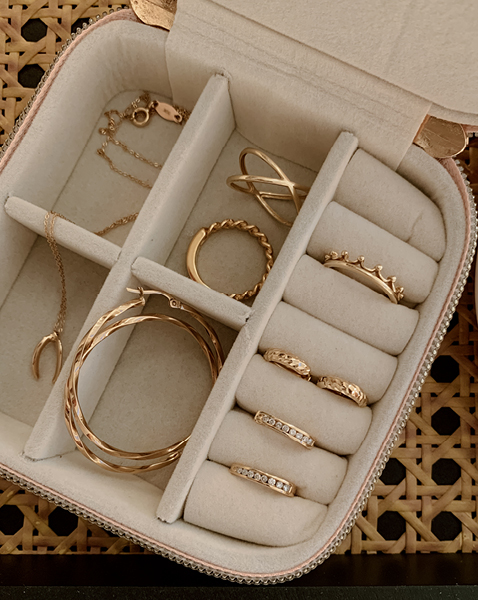Understanding the Aspects That Set the Worth of Gold Objects
Understanding the Aspects That Set the Worth of Gold Objects
Blog Article
Gold has remained valued by people for millennia of centuries. It is a precious metal that has been used for diverse uses, such as ornaments, currency, and investing. The worth of gold items can vary based on various elements. Grasping these elements is crucial for anybody engaged in purchasing, trading, or placing funds in gold. This article will explore the key factors that influence the value of gold pieces, such as consumer demand, purity, craftsmanship, and economic conditions.
One of the primary elements that affect the value of gold pieces is consumer need. When more people desire to buy gold, its price often to increase. This need can come from various origins, such as ornament creators, traders, and national financial institutions. For example, during periods of financial uncertainty, numerous investors turn to gold as a secure refuge for their funds. This heightened demand can drive up the cost of gold items. Conversely, if need decreases, the worth of gold may drop. Understanding market patterns and consumer actions is crucial for assessing the present value of gold.
Another significant factor is the fineness of the gold. Gold is measured in carats, with 24 karats being pure gold. Pieces with greater fineness levels are typically more valuable than those with lower standards. For example, an article made of 18-carat gold contains 75% gold and 25% other alloys, while a 14-carat item has only 58.3% gold. Buyers frequently search for high-fineness pieces because they are more long-lasting and have a greater intrinsic worth. Therefore, when assessing the value of gold articles, it is essential to consider their gold sell price purity grade.
Craftsmanship also has a major role in influencing the value of gold pieces. The skill and craft involved in creating a work can significantly influence its value. Handmade ornaments, for example, may be considered valuable than factory-made items due to the effort and care invested in its creation. Unique designs and detailed details can boost the appeal of gold items, making them considered desirable to collectors and buyers. Hence, the artistry of a gold piece can significantly affect its market value.
Financial conditions are another important element that influences the worth of gold. The price of gold is frequently linked to the general health of the financial system. During times of inflation or financial instability, gold is perceived as a dependable asset. As a consequence, its value may rise. On the other side, when the financial system is robust and steady, the need for gold may decrease, resulting to reduced prices. Traders and collectors must keep an watch on economic indicators, such as interest levels and inflation levels, to grasp how these factors can affect the worth of gold items.
The worth of gold articles is determined by a mix of factors, including consumer need, like it purity, craftsmanship, and financial conditions. Grasping these factors can help individuals formulate informed decisions when buying or selling gold. As gold remains to be a valuable asset, being aware about these factors will be advantageous for those interested in the gold market. Regardless of whether for personal use or investment reasons, identifying what influences the value of gold can lead to superior choices and greater contentment.